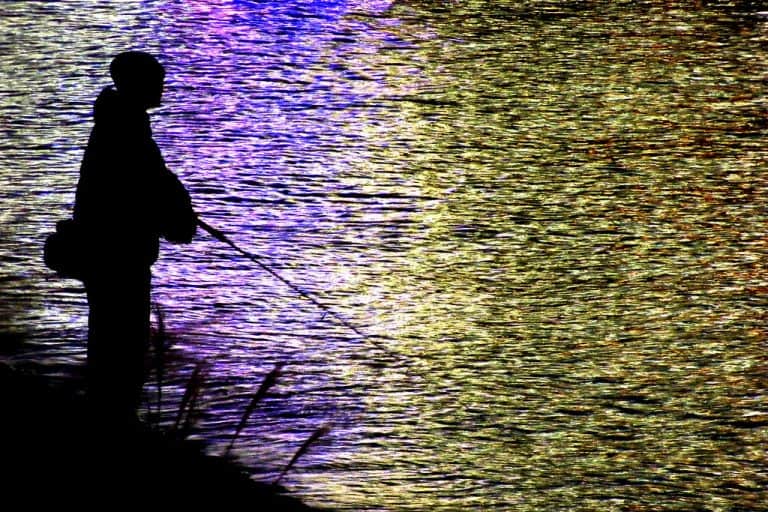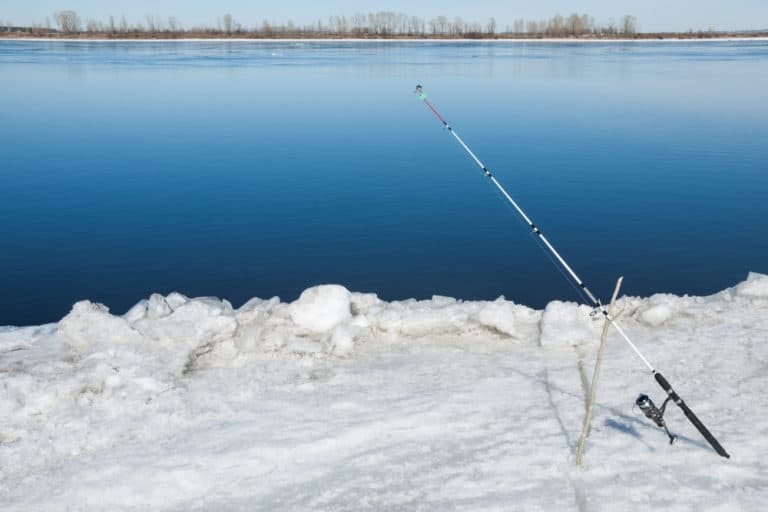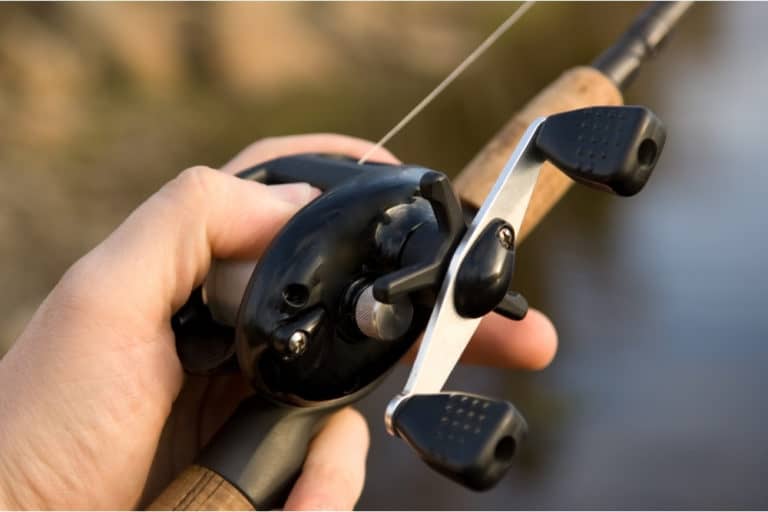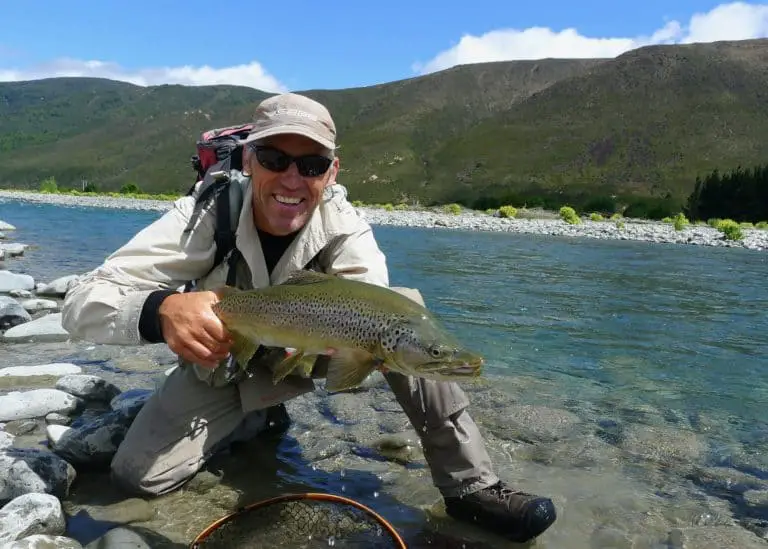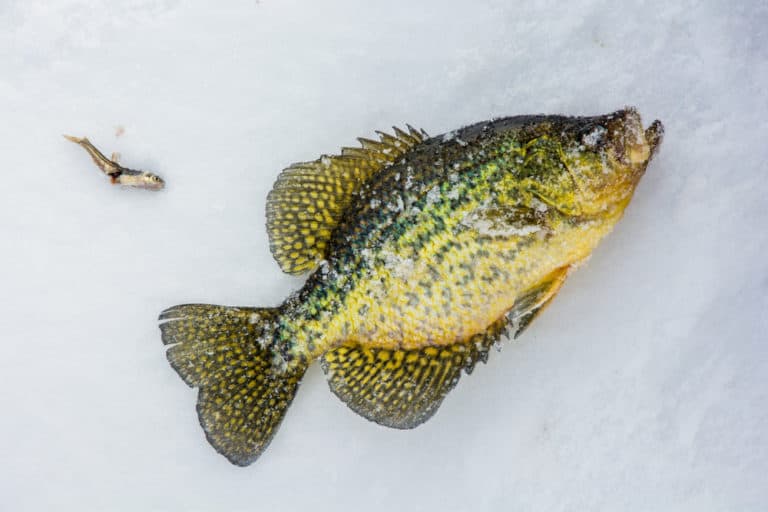What Do Bass Eat? 6 Best Live Baits For Bass
Bass fishing is easily one of the most popular forms of fishing throughout the US. All bass anglers will agree that nothing puts up a fight like an aggressive bass, and when you have the right baits, lures, and tackle dialed in you can have a full day reeling in bass after bass.
But, to have success you have to understand what do bass eat? and what are the best live baits for bass? What do largemouth bass eat? And, does it differ from that of a smallmouth’s diet? There are many questions related to a bass diet, and that’s exactly what we want to cover in this post.
Table of Contents
Live bait or lures for bass
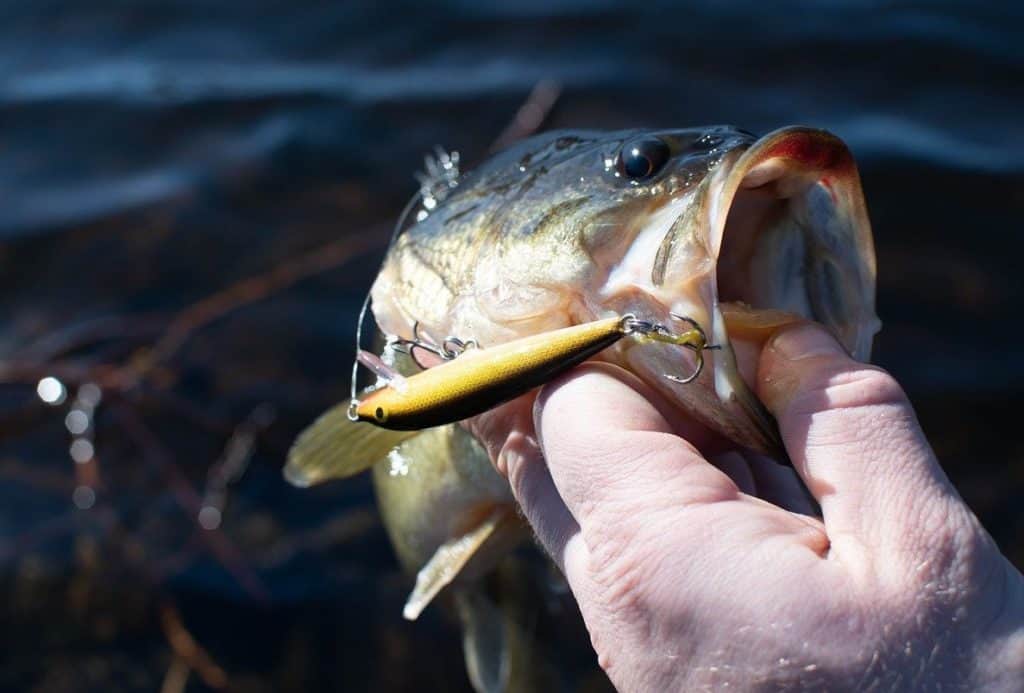
All anglers will agree that predatory fish like bass, will always prefer live and natural bait over lures and artificial baits. Real crayfish/crawfish or minnows have a more pungent smell than lures, no matter how hard artificial bait companies try to replicate the smell.
And, if you are using live bait, they will thrash around and swim in the water which is also a plus when it comes to attracting bass.
This doesn’t mean, however, that other fishing techniques don’t work. Many anglers swear by using lures for bass. Bass aren’t picky eaters, and if you manage to fish at the right time of year, you’ll have just as much success with lures as you would with live bait.
Seasonality of bass diets
Seasonality plays a big role in the diet of all bass fish. Largely, due to mating habits and changing water temperatures which in turn affects the behavior of the fish. Below we will explore the benefits of fishing for bass in spring, summer, fall, and winter.
Spring & Summer
Bass begins their pre-spawn and spawning phases around springtime. Depending on the water temperatures, it could occur between March-mid June.
During spawning, bass move from the main lake/water areas into highly covered bedding areas, mainly for protection and warmer temperatures. This is when they mainly start to feed on smaller shad and crayfish that also occupy these parts of the lakes.
During pre-spawn bass are actively eating to gain nutrients which will support them throughout a fasting stage whilst guarding their eggs.
Whilst spawning bass will be on guard mode, the female typically stays with the eggs whilst the male patrols the surrounding area for protection. Food might not be at the forefront of their minds, but due to aggressive and territorial behavior, they will readily strike and baitfish, crayfish, and lures that are near them.
You want to land your lures and bait around the edges of the nesting areas/beds to gain a strike from a protective female or aggressive male.
Post-spawning bass will start to feed heavily again. The summer months and rising temperatures are when the bass will be most active. During these months the food menu will be long, you can fish with anything from bluegills, frogs, shad, etc. and you will have good success.
Fall & Winter
After summer the temperature begins to drop heading into fall, bass will still be fairly active through fall and actively hunt due to needing to fatten up for winter. Bass will still be hunting for prey-fish like bluegills, shad, crayfish and frogs in shallow water prior to the water getting too cold.
During winter bass will typically move into deeper water as they become less active and more lethargic. They still need to feed and will hang around deep cover, or suspend in open water near shelves eating water comes within their range.
If you are still wanting to fish in the winter months for bass. The best time of day to fish will be when the temperature is the warmest as the bass will be slightly more active.
What do smallmouth bass eat?
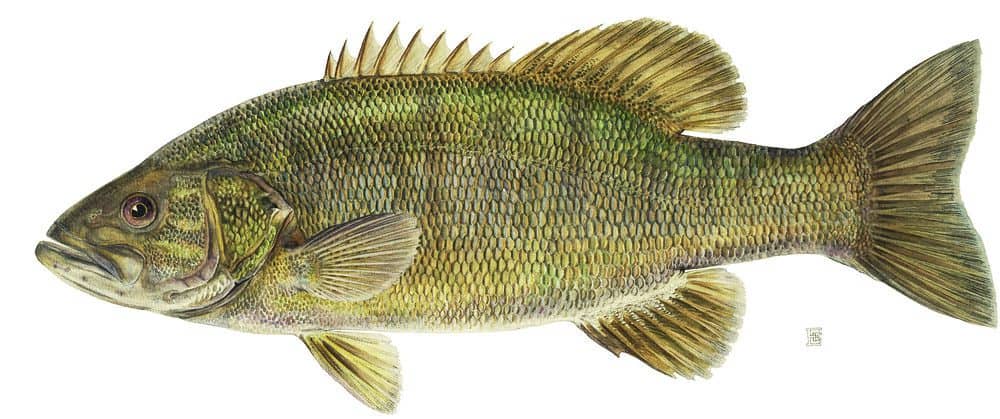
Smallmouth bass diets don’t differ too much from what a largemouth bass will eat. They will also eat shad, crayfish, minnows, worms, frogs, and even mice. Just like largemouths, they will try to eat pretty much anything their mouths will fit around.
The only difference you will find is that as the name states, their mouths are smaller and therefore they won’t be as inclined to attack larger lures and baits like largemouth bass.
Smallmouth bass are usually found in slightly cooler water, so their diet will most likely change (compared to a largemouth) depending on the other prey fish and food in their habitat. But you can be sure that if you are finding small and largemouth bass in the same body of water, their diets will be pretty much the same.
What do largemouth bass eat?
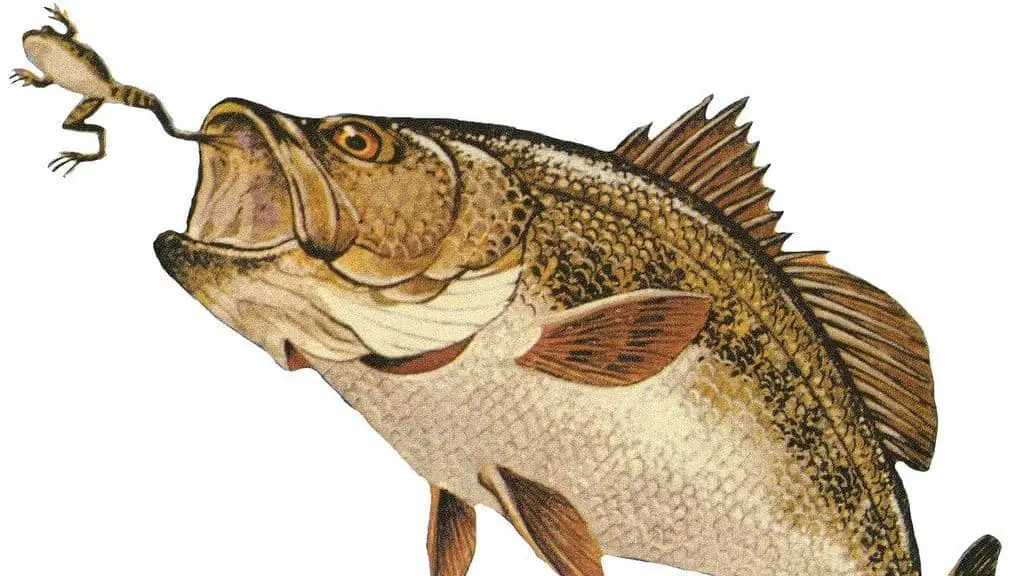
The main reason bass have such largemouth in comparison to their body, is so they can feed on a larger range of prey-fish. There is no doubt they aren’t picky eaters.
Young bass, like their elders will feed on anything they can find, ranging from small worms, plankton, small frogs, and insects.
Larger bass can fit a wider range of food and fish species into their mouths. They mainly feed on smaller prey-fish, some examples are shad, minnows, and small bluegill. They even eat smaller bass. They stay away from larger fish, especially adult
The largemouth bass is a predatory fish that like to ambush their prey. They mainly hunt amongst the brush, rocky cover, and vegetation. They like to hide and wait for their bait to swim by.
What do striped bass eat?
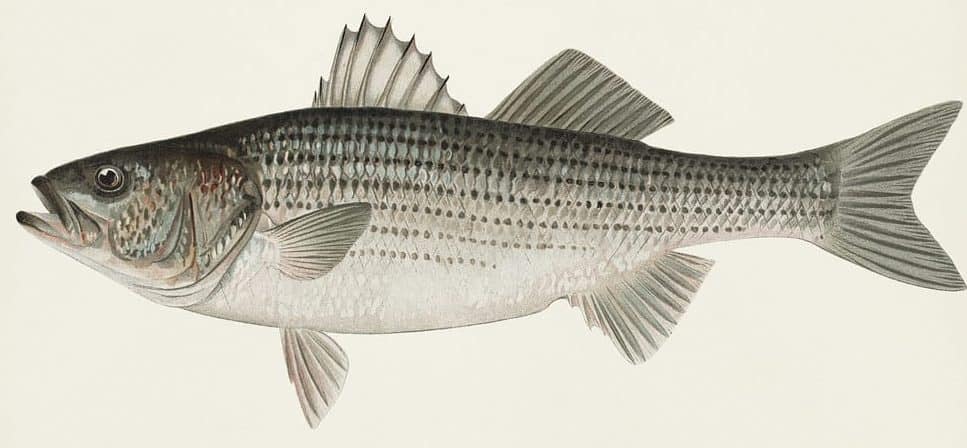
The habitat of the striped bass differs from the small and largemouth bass. They are mainly found in saltwater, brackish water, and even freshwater. This is why they have such a varied diet.
However, just like their cousins, they are not picky eaters. They can grow to a huge size, and therefore need to feed frequently.
The striped bass diet ranges from crab, shrimp, squid, herring, mackerel, eels, and more. They will eat pretty much anything they can find along the Atlantic coast. You can try a variety of these baits, and figure out what works best for the location in which you are striped bass fishing. Luckily you can pick up most of them from a bait shop, grocery store, or even catch your own prior to fishing for bass.
Best Bass Baits
Minnows & Shad as Bass Bait
Some of the most common bait fish found in rivers and lakes are minnows or shad. You can readily catch them close to the shore using a net or small fishing rod.
If you can manage to keep them alive using an aerated bucket and water conditioner, they make excellent live bait. If they are present in the water you are fishing, chances are that they are one of the favourite foods for the bass in that water.
Make sure you fully understand how to hook a minnow as it can determine how long it lives in the water, and increase your chances of catching bass.
If your baitfish do die whilst in the bucket, it’s not a massive issue. You can still cut the fish up and use it as dead bait with moderate success.
Crayfish as Bass Bait
All types of bass love eating crayfish. If you manage to find some in the freshwater, or from a bait shop, you can easily keep them alive both in the bucket and on the hook.
You should hook your crayfish through the back of the shell or through the tail to ensure they can move underwater. Bass are visual predators, and a crayfish flapping around on a hook is an appealing sight to a hungry predator.
If you are after striper in the Atlantic, you could try other crustaceans such as crab.
Mice & Frogs as Bass Bait
Some of the more uncommon bass baits are frogs and mice. Frogs will be native to most lakes and streams and therefore bass will seek them out naturally, especially when they are spawning close to shore amongst vegetation and cover.
Mice on the other hand, of course, don’t live in lakes. But some anglers have had good success using them. But, it’s unlikely that most people want to hook a mouse. You can swap them out for lures that look like mice, frogs, and snakes.
They are designed to thrash around on the waters’ surface, and make a lot of noise to attract bass fish – this is referred to as topwater fishing.
Bluegills as Bass Bait
Similar to shad and minnows, bluegill can be used as bass bait. They are frequently occurring prey fish that bass feed on in lakes and rivers.
You can usually catch plenty of bluegills using an ultralight rod and ultralight spinning reel set up prior to fishing for bass. They are a hardy little fish and can keep alive for long in your bucket or boat live-well.

